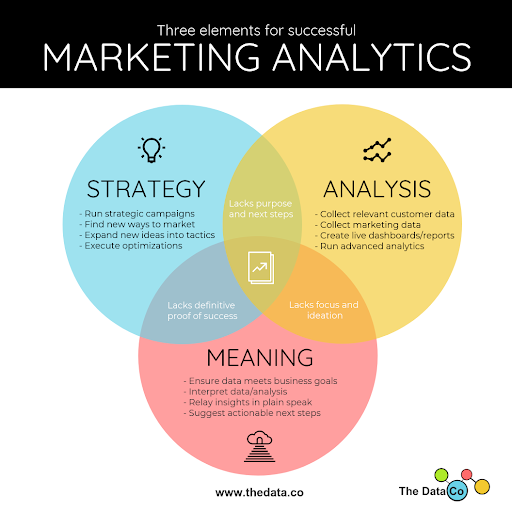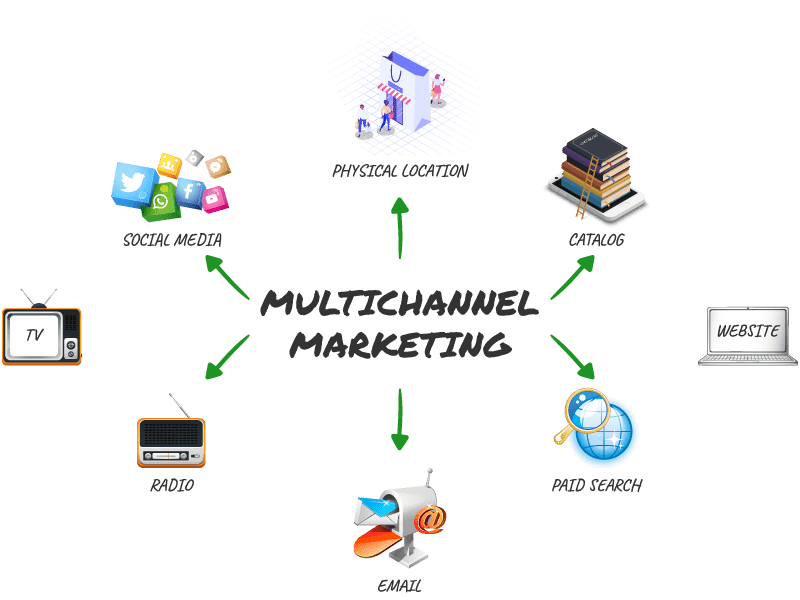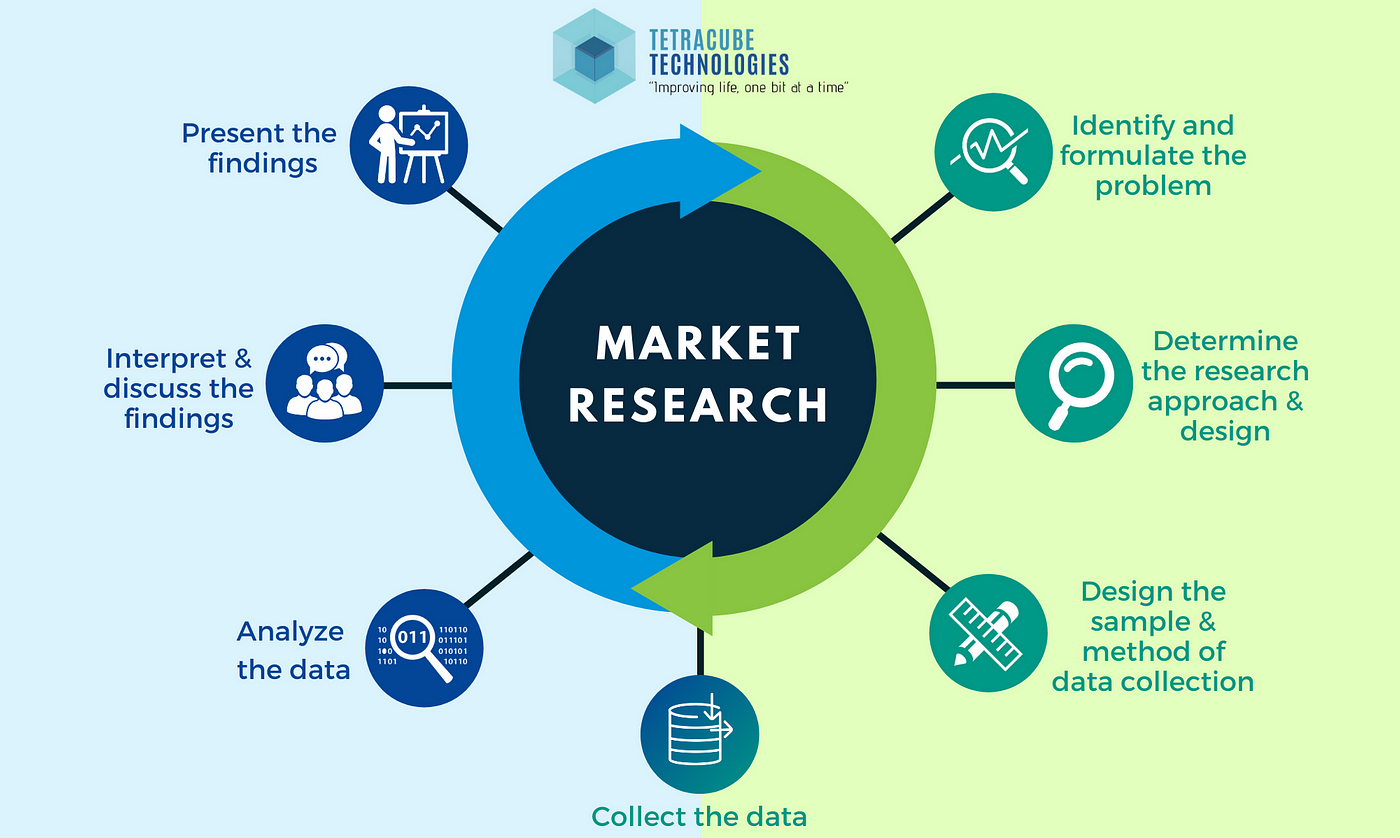In today's world, marketing data is key for successful plans. Marketing analytics gives you deep insights into what customers do. This helps you make your marketing efforts better and grow your business.
Making decisions based on real data means your campaigns are more direct, specific, and succeed more.
Understanding Marketing Data
In today's world, marketing data is key to staying ahead. It helps businesses understand their customers better. By analyzing customer data, marketers can make smarter decisions. They can improve how they reach out to customers and personalize their experiences.
What Is Marketing Data?
Marketing data is the information that gets collected during the marketing process. This info includes things like website tracking, social media activity, and customer feedback. It helps businesses understand what their customers like and dislike.
 Source: Woopra Dashboard
Source: Woopra Dashboard
Businesses collect it to know more about their customers and how they interact with campaigns.
This data also shows where and how people buy products. By using this variety of data, businesses can get a full picture of their customers. Then they can use these insights to refine their strategies.
Why Marketing Data Matters
Why does marketing data mean so much? It's because it can help a business grow. By looking at customer behavior, companies can find ways to meet their needs better.
This could mean tailoring marketing efforts or creating products that customers really want.
It also helps in making smart choices. With the right data, businesses can predict what customers will like. This means they can be ready ahead of time, offering the right product or service when customers need it.

Source: The Data Co
Plus, marketing data helps companies see how well their efforts are doing. They can measure things like sales and customer satisfaction. With this info, they can adjust their strategies to do even better next time.
Benefits of Using Marketing Data
Why is marketing data so valuable? It offers these huge benefits:
- Businesses can really get to know their customers. This helps them plan their marketing strategies more effectively.
- They can give customers a more personalized experience. This boosts customer satisfaction and loyalty.
- Managers can make decisions based on real data. This reduces costly wrong moves.
- By using insights from data, companies can run better marketing campaigns. This leads to more success.
- It also gives them a leg up over their competition. They can spot new trends and opportunities before others do.
To truly benefit from marketing data, quality is crucial. Businesses need strong data collection and analysis practices. Investing in the right tools and skills is essential. With the right approach, companies can turn their data into business wins.
Types of Marketing Analytics
Today, businesses can use many types of marketing analytics. These tools give insights into customer behavior and marketing success. With these analytics, you can really get to know your audience. This helps you make your marketing efforts better and smarter.
 Source: NotifyVisitors
Source: NotifyVisitors
Web Analytics
Web analytics looks at your website's traffic and what users do. Tools like Google Analytics can show you how people use your site. You get to see what's working and what needs improvement on your site. It's key to pay attention to pageviews, bounce rates, and how long people stay on your site. By using web analytics, you can make better changes to your site. This can lead to more people buying your products or using your services.
Social Media Analytics
Monitoring your social media efforts is important for success. Sprout Social and Hootsuite are great for this job. They help you see how well your posts do. You learn what your audience likes and what doesn't work.
Email Marketing Analytics
Email marketing is still a strong way to talk to your customers. You can track how well your emails do. Tools like Mailchimp help you see which emails get the most attention. This means you can make your emails more effective.
SEO Analytics
SEO is vital for getting more people to your site. It involves many tasks, like finding good keywords. Tools such as SEMrush can help with this. They let you see what you can do to get your website to rank higher. This means more people find your site, which can lead to more business.
Using web, social media, email, and SEO analytics together gives a full view of your marketing efforts. Having good tools is the key to making sense of all this data.
That way, you can make smart choices in your marketing. The right analytics tools can lead your business to success.
Collecting and Organizing Marketing Data
Getting info from different sources is key but hard work. You can make it easier by using special tools. These tools connect with what you already have and get data from websites, CRMs, and ads. This way, you'll always have fresh and full data for study.
 Source: Tetracube Technologies
Source: Tetracube Technologies
Data must be cleaned after gathering it. This step is very important.
First, you need to know where the useful data is.
Then, use special tools to get it automatically. This makes sure your data is always new and correct. It's also good to have rules that keep your data safe and follow the law.
Data Collection Methods
- Identify the most relevant data sources for your marketing objectives
- Use APIs, webhooks, and pre-built connectors to automate data collection
- Set up regular data syncing to keep your marketing data fresh and accurate
- Implement data governance policies to ensure data security and compliance
Data Preparation and Cleansing
- Filter out irrelevant or duplicate data points
- Standardize data formats and naming conventions
- Validate data accuracy and completeness
- Transform data as needed for analysis (e.g., calculating metrics, aggregating data)
Data Integration and Consolidation
- Merge data from multiple sources into a centralized repository
- Resolve data discrepancies and inconsistencies
- Create a unified view of marketing performance across channels
- Ensure data quality and integrity through regular audits and updates
By using the right tools, preparing and combining data gets easy. This helps keep your data always ready for study. It also cuts down on mistakes. With good data, your team can find info that makes your marketing better.
Analyzing Marketing Data for Insights
The fun part starts when you dig into your marketing data for insights. This step is known as data analysis. It's about looking at, changing, and copying data to find helpful info. Data science lets you find hidden patterns, trends, and chances to boost your marketing.
Here's how you can dive into your marketing data:
- Choose important metrics that match your marketing goals. These might be things like website visits, sales rates, and the cost to get a new customer.
- Break your data into groups like age or purchase history. This deepens your understanding of different customer groups. Then, you can tailor your marketing to them.
- Start with descriptive analytics to find out what worked in the past. This step looks at your old data to spot trends or surprises in your marketing and sales numbers.
- Forecast future trends with predictive analytics. Use past data to predict which customers might leave, what your future sales could look like, and how you can spend your marketing money the best.
- Prescriptive analytics moves you to make the best decisions. Based on what you've learned from the other steps, tweak your marketing mix, customize content, or improve how you reach customers.
Working with your data team is key to success as a marketer. By mixing your know-how with their tech skills, you can find insights that lead to better marketing moves and wins.
Remember, diving into marketing data is an ongoing job. Keep checking in as you run new campaigns and gather fresh data. Always be ready to update your strategies based on what you learn. This way, you can keep making your marketing better, making customers happier, and growing your business.
Visualizing Marketing Data with Dashboards and Reports
In our world today, using dashboards and reports to show marketing data is key. This helps share important findings with others effectively. Marketers use special tools and sources to turn basic data into clear visuals. These visuals help with making smart choices based on facts. They show an up-to-date view of how well marketing is doing. This helps teams spot what needs work fast.
Creating Effective Marketing Dashboards
When making dashboards, it's important to follow some tips for them to really work well. Start by picking metrics that reflect your business aims and help with decisions. Stick to KPIs that focus on your main goals like getting new leads or better ROI. Then, show this information in simple and direct ways. Use charts and graphs to make it clear. Don't forget to think about who will be seeing this data. Make sure you show what matters most to them, and make that easy to find.
Examples of Marketing Dashboard Templates
If you want to get started with showing data, try using ready-to-go templates for your dashboards. You can adjust them to fit what your business specifically needs. These templates give you a great starting point for getting clear on your data. Some examples include:
- Web Analytics Dashboard: Keep an eye on your site’s traffic, how users behave, and how well it turns into leads using Google Analytics.
- Pay-Per-Click (PPC) Dashboard: Check up on how your Google and Facebook Ads are doing with details like CTR and CPC.
- Search Engine Optimization (SEO) Dashboard: Look into search traffic, keyword rankings, and backlinks to boost your website's presence online.
- Email Marketing Dashboard: Gauge your email campaign's successes with open rates and more, helping you get even better at email marketing.
Thanks to these templates, combining data from different sources is easier. Marketers get a full view of their strategies and see what's working. This broad view helps in making data-backed moves.
Marketers can then tweak their plans, use their resources wisely, and boost their business because of solid marketing steps.
Using Marketing Analytics Tools for Better Results
Today, businesses can't do without marketing analytics tools. They help companies fine-tune their marketing strategies for better outcomes. With these tools, businesses can gather, analyze, and present huge amounts of marketing data.
This gives insights into their target customers, the buyer’s journey, and how well their campaigns are performing. Using marketing analytics tools allows for decisions based on solid data. This can lead to growth and better financial outcomes.
Top Marketing Analytics Tools
The market is full of marketing analytics tools, making it tough to choose the right ones for your brand. Yet some tools stand out for their ability to boost various areas of marketing analysis:
- Google Analytics: This is a free tool for understanding your website's traffic, how users behave on your site, and your conversion rates. But it’s tracking abilities are severely limited.
- Woopra: It’s more advanced analytics. If you’d like to track individuals, trigger multi-sofware automation sequences, and unify your marketing data stack, you should consider Woopra.
- Google Ads: It empowers you to create, oversee, and fine-tune your pay-per-click ads, reaching audiences across Google's platforms.
- Sprout Social or Hootsuite: They are top-notch for tracking, analyzing, and reporting on your social media metrics across all major channels.
- Mailchimp or Customer.io: Ideal for email campaigns, it provides advanced analytics to measure their success and insight into how to make them better.
- SEMrush or Ahrefs: These essential tools for SEO dive deep into your site’s search rankings, keywords, and checks out your competition's strategies.
Choosing the Right Analytics Tool for Your Business
Choosing a marketing analytics tool is a big decision. You need to match it with your company's unique marketing needs and goals.
Consider whether you focus on B2B marketing or need a tool for complex customer journeys. Look at how well the tool can bring together data from different sources for a complete picture of your marketing efforts.
Usability and the possibility of tailoring the tool to your needs are key as well. It should be easy for your team to use. The best tools allow you to create custom dashboards and reports. This customized view is crucial to meet your business's specific needs.
Pricing and flexibility as your business grows matter too. Pick a marketing analytics tool that fits your budget and will scale up with your company. By checking these boxes, you can choose a tool that supports data-driven decisions and boosts your marketing success.
Leveraging Marketing Data to Drive Business Growth
Using marketing data and analytics helps businesses grow and stay ahead. It lets companies make smart choices to improve how they market and serve customers. This boosts their profit and competitive stance.
An important step is making marketing messages that speak to your audience. Look at customer data to see who values your product the most. Then, change how you talk to them to get better results.
Marketing data also shows where a business should spend its marketing money. It suggests focusing on what works best and not wasting resources. Companies should always keep an eye on important numbers, like how much it takes to get a new customer and how long a customer sticks around.
This info helps in spending wisely. With the right data, companies can spot and fix parts of their strategy that aren't efficient. They can then invest more in what's working, increasing their marketing's success.
To make the most of marketing data, create a culture that puts a premium on using data. Get the tools and the people who can collect and understand the data. It's also key to get different departments to work together.
This way, everyone gets a full picture of the customer's journey. By sharing and understanding data, you help everyone in your company make choices that boost growth. And don't forget, keep watching your marketing results and adapting. This cycle will help your business keep thriving.


